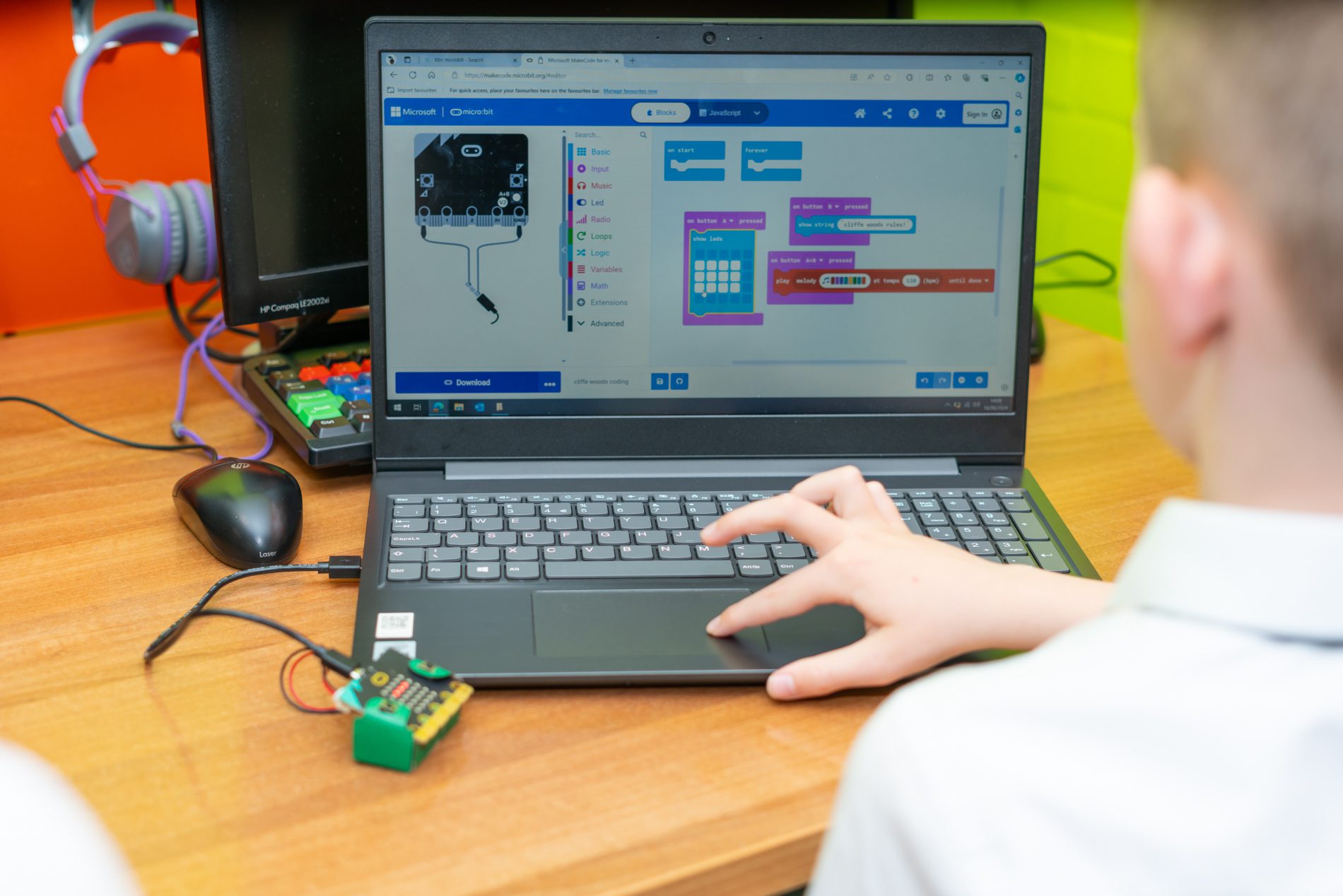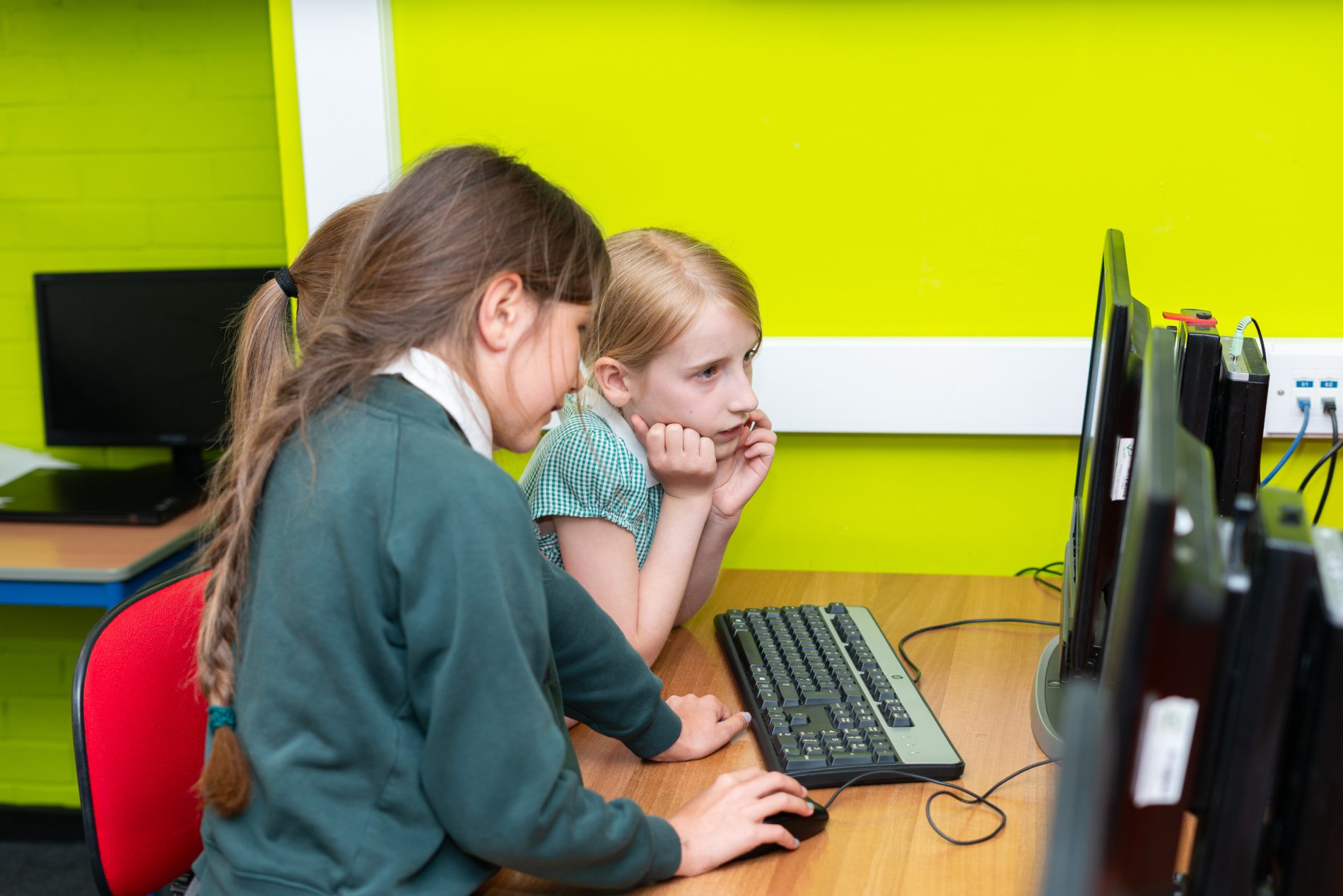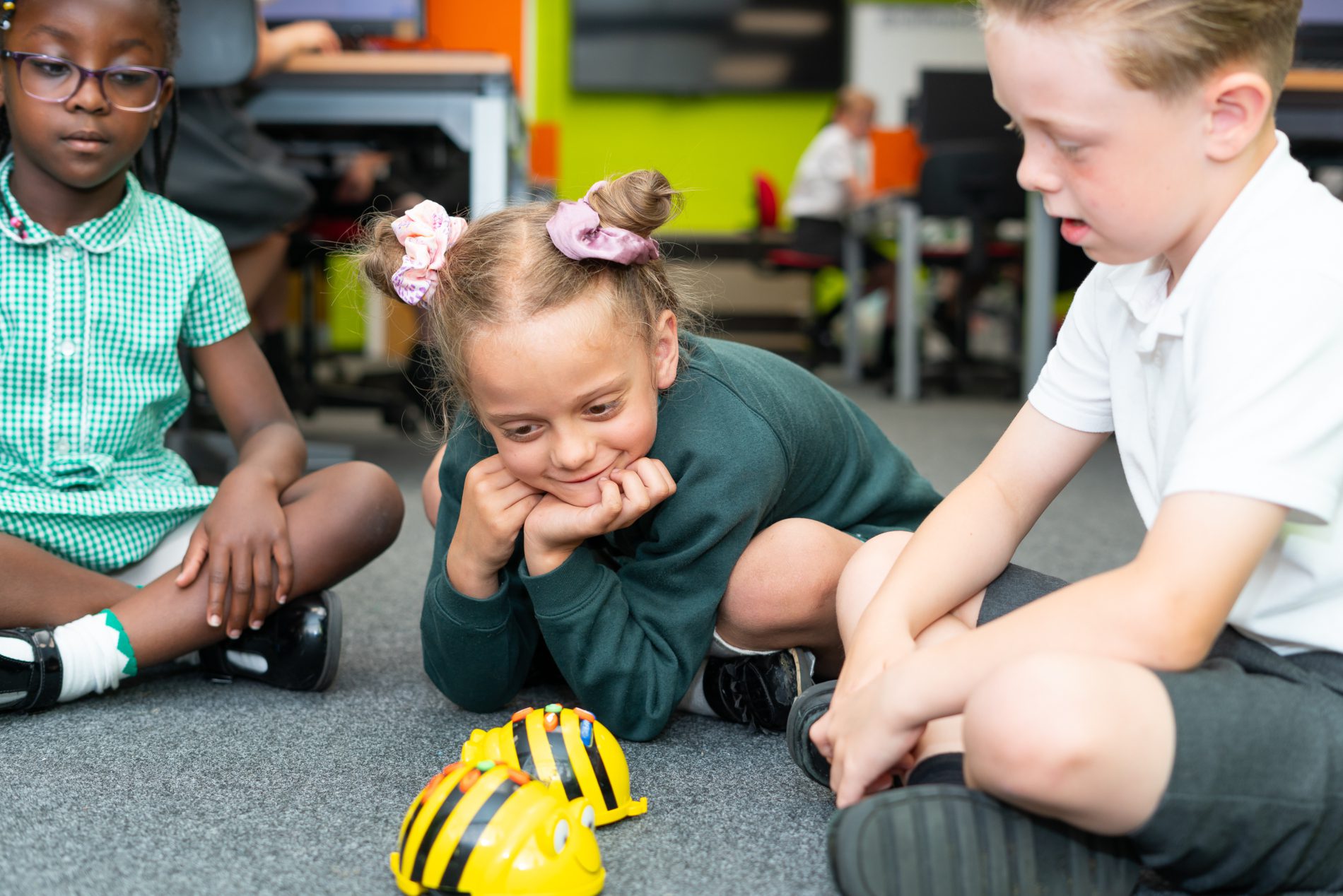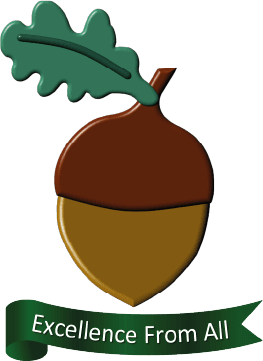Computing Subject Leader: Mrs Hyland
With an ever-growing technological society, the demand for learning computing skills is essential to the education of pupils and opens pupils’ eyes to the digital world of computer science, information technology and digital literacy.
Intent
In line with the 2014 National Curriculum for Computing, our aim is to provide a high-quality computing education which equips children to use computational thinking and creativity to understand and change the world. The curriculum will teach children key knowledge about how computers and computer systems work, and how they are designed and programmed. Learners will have the opportunity to gain an understanding of computational systems of all kinds, whether or not they include computers.
By the time they leave Cliffe Woods, children will have gained key knowledge and skills in the three main areas of the computing curriculum: computer science (programming and understanding how digital systems work), information technology (using computer systems to store, retrieve and send information) and digital literacy (evaluating digital content and using technology safely and respectfully). The objectives within each strand support the development of learning across the key stages, ensuring a solid grounding for future learning and beyond.


Implementation
At Cliffe Woods Primary School, computing is taught using a devised scheme that we feel is current and follows all of the National Curriculum and more. All year groups in Key Stage One and Two follow the same topics at the same time so progression through the classes is very easy to see.
They are also, where possible, linked to engaging contexts in other subjects and topics. We have a computing suite, a class set of iPads, and a class set of laptops to ensure that all year groups can use a range of devices and programs for many purposes across the wider curriculum, as well as in discrete computing lessons. Employing cross-curricular links motivates pupils and supports them to make connections and remember the steps they have been taught.
The implementation of the curriculum also ensures a balanced coverage of computer science, information technology and digital literacy. The children will have experiences of all three strands in each year group, but the subject knowledge imparted becomes increasingly specific and in-depth, with more complex skills being taught, thus ensuring that learning is built upon. For example, children in Key Stage 1 learn what algorithms are, which leads them to the design stage of programming in Key Stage 2, where they design, write, and debug programs, explaining the thinking behind their algorithms.
Impact
Our approach to the curriculum results in a fun, engaging, and high-quality computing education which also equips the children to cope with the demands of an increasingly digital world in secondary school, further education and future workplaces. The skills we teach should enable them to have up-to-date knowledge to help them relate to what is going on around them and use technology to improve their learning as well as give them the building blocks that enable them to pursue a wide range of interests and vocations in the next stage of their lives.
The quality of children’s learning is evident in their files in the shared drive. Evidence such as this is used to feed into teachers’ future planning, and misconceptions and knowledge gaps in computing can be retaught either when teaching other curriculum areas through cross-curricular links or the following year when previous topics are revisited at a higher level. This supports varied paces of learning and ensures all pupils make good progress.

Computing in Each Stage
Throughout EYFS, the Early Learning Goal for Understanding the World no longer includes the specific assessment of children’s technological understanding and skills.
At Cliffe Woods, we still acknowledge computing as an important tool to help children develop an understanding of our culturally, socially, technologically, and ecologically diverse world and therefore, children will have the opportunity to learn skills such as using a camera, mouse control, and exploring the functions of a simple art programme.
Throughout KS1, pupils will be taught to:
- Understand what algorithms are, how they are implemented as programs on digital devices, and that programs execute by following a sequence of instructions.
- Write and test simple programs.
- Use logical reasoning to predict the behaviour of simple programs.
- Organise, store, manipulate and retrieve data in a range of digital formats.
- Communicate safely and respectfully online, keeping personal information private and recognise common uses of information technology beyond school.
During KS2, pupils will be taught to:
- Design and write programs that accomplish specific goals, including controlling or simulating physical systems; solve problems by decomposing them into smaller parts.
- Use sequence, selections and repetition in programs; work with variables and various forms of input and output; generate appropriate inputs and predicted outputs to test programs.
- Use logical reasoning to explain how a simple algorithm works, detect and correct errors in algorithms and programs.• Understand computer networks including the internet; how they can provide multiple services, such as the world wide web; and the opportunities they offer for communication and collaboration.
- Describe how internet search engines find and store data; use search engines effectively; be discerning in evaluating digital content; respect individuals and intellectual property; use technology responsibly, securely and safely.
- Select, use and combine a variety of software (including internet services) on a range of digital devices to accomplish given goals, including collecting, analysing, evaluating and presenting data and information.
Computing Progression
At Cliffe Woods, we expand our pupil’s computing knowledge through essential skills; increasing their depth of understanding year after year. Through the use of ‘end of year expectations’ to help monitor pupils’ progress allowing adaptations and further support where required, to keep a strong Computing education.
SEND Information
Learning is adapted where necessary to support SEND/EAL pupils and to challenge more able pupils.
Computing Extra Resources
For more resources about online safety, please visit our resources page here.

